The future of the electric vehicles is miscalculated. In all forecasting about the future of any technology, the forecasters get it wrong.
The reason is that humans, when they make projections, tend to extrapolate linearly.
Technology does not evolve in a linear way. It develops in an exponential way. The only difficulty is to define the exponent. So, it is with the future of the electric car.
Most projections for the future of the electric car are made by looking back and projecting linearly or on the basis of a year to year percentage. That leads to miscalculations. It is more accurate to base it on the rate of increase of electric cars yearly.
If we calculate solely mathematically, then the number of electric vehicles, worldwide, at the end of 2017 should be over 4 million. This is of course subject to regulatory and financial incentives decisions.
As reported from The Hill:
The latest forecast comes from the Energy Information Administration (EIA) in its “Annual Energy Outlook 2017”. Each year’s “Outlook” is the government’s most influential forecast of the U.S. energy market.
Previous “Outlooks” had expected electrics to remain a tiny share of the U.S. vehicle sales for decades to come. The new “Outlook” foresees a brighter future for electric vehicles, with annual sales topping 1.2 million cars by 2025 plus an additional 186,000 light trucks. That’s nearly double its forecast from last year, and nearly 10 times its forecast from 2014.
This clearly means that the 2014 forecast, was 1000% “out” from reality in only a two-year span. The graph below, reproduced from the Visual Capitalist, shows a comparison of the electric car growth in the U.S. with that of the historically iconic Ford model T.
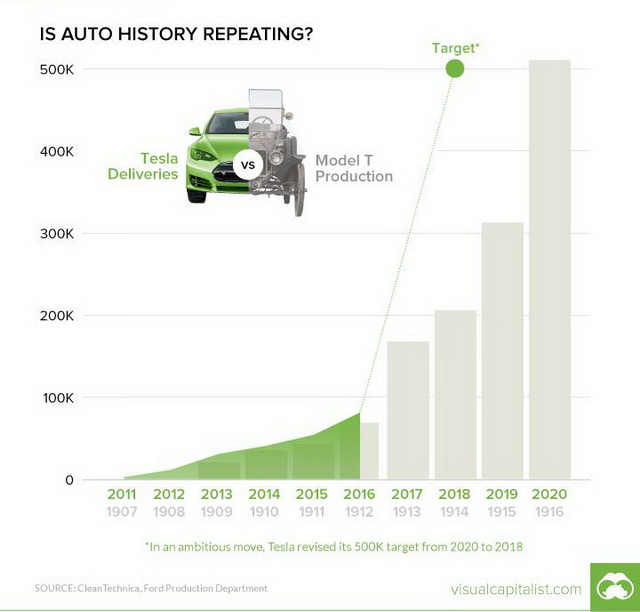
It must be pointed out, that current technological evolution grows much faster vs the beginning of the 20th Century and contemporary cities pollution issues are more significant compared with the pollution, of the streets then, by horse dung.
All major car industries are working to develop sales of electric cars.
In China, the Government has instructed the industry to devote 8% of their car production to electric cars.
Volkswagen, BMW, Honda, Jaguar, etc. each is producing its electric car, trying to compete with Tesla and Chevy Bolt
Here’s the commentary in question, straight from the larger EV Volumes article on 2016 and 2017 U.S. electric car sales:
“We like to stay optimistic and assume that at least 50,000 units Model 3 are delivered to U.S. customers this year. Our best estimate is 250,000 units (1.5% share) which would place the US among the fastest growing markets for 2017”.
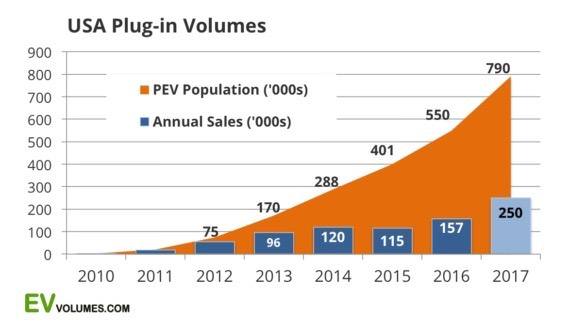
Electrical vehicles market growth, is not a question of technological progress, because the relevant technologies rapidly cover the gaps with the internal combustion engine vehicles, such as the one charge range of electric vehicles. The progress is now measured in months, not years.
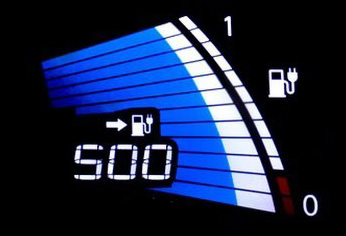 The Chevy Bolt has a one charge range of approx. 400km and an impressive driving performance. The Jaguar I-Pace has an over 500km range, 0-100 km acceleration in 4 secs and can have an 80% battery charge in 90 minutes.
The Chevy Bolt has a one charge range of approx. 400km and an impressive driving performance. The Jaguar I-Pace has an over 500km range, 0-100 km acceleration in 4 secs and can have an 80% battery charge in 90 minutes.
Electric car market growth, is not even a problem of cost. Electrical car prices, depend on the battery cost which is dropping continuously and fast. Again, how fast the price is dropping is subject to the erroneous linear extrapolation.
For instance, between 2010 and 2016 the price of the battery dropped 77%. Yet the predictions are that in the next 14 years the price will drop only 50%. This is clearly wrong. The price of the battery will drop sooner and more and so will the price of the electric car.
The Model T Ford was more expensive than a horse and carriage, yet that did not stop it replacing them.
The biggest issue preoccupying potential buyers is the battery charging issue.
This is both Technical & Regulatory.
A. The Technical side
is simple.
There are essentially three types of chargers today:
1. Home charging stations
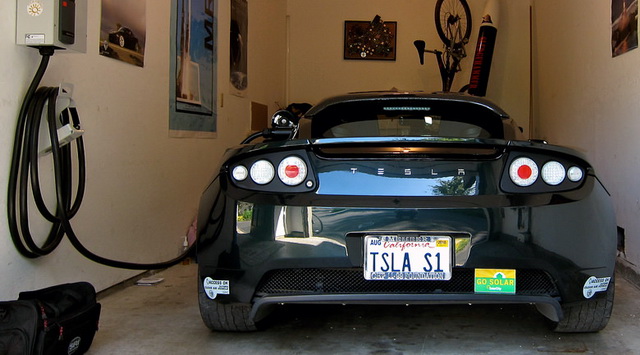
This is the case of a private home that has a single electric car charging station. The issues involved are only the installation of this station and the relevant contract with the Utility provider.
2. Street charging stations
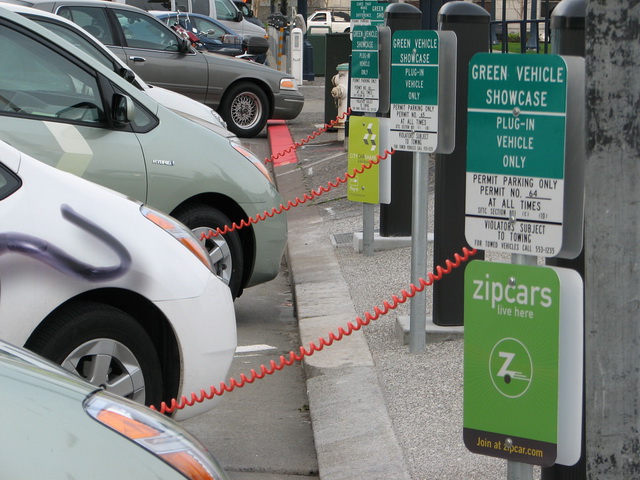
This is more complex. The criteria for the deployment of the charging infrastructure, as a public good, need to follow a general plan which must be both cumulative and flexible. This is not the place to analyse it. Suffices to say that it has significant cost and is a subject of extensive study and detailed specifications. In turn, this will serve as the input required for, the call for bids, their evaluation, contract award, monitoring and control.
3. Charging Stations installed on private property with public access
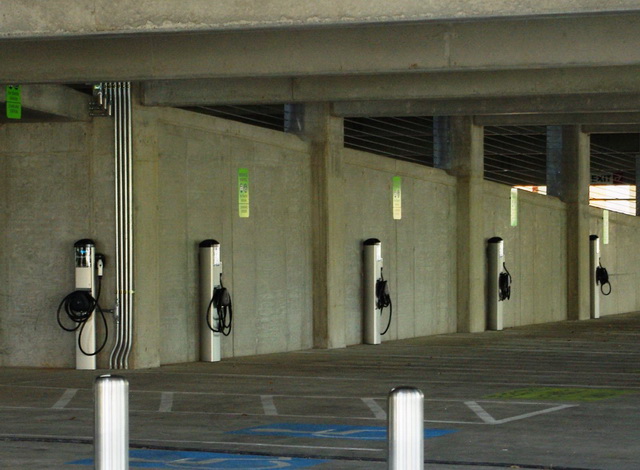
This is a case similar to that of the petrol stations of today but it also applies to Malls, privately owned public parking places etc.
In this case the infrastructure is paid by the Owner/Operator who also establishes a contract with the Public AC Utility supplier and will supply customers for a profit. Alternatively, the cost may be recovered either by a funding pool (established for example by the shoppers of a mall), or a revenue sharing with specific commercial entities which will be benefited by the operation of a charging station into their parking area.
B. The Regulatory side –
Avoiding the brakes
The progress of the electric vehicles does not depend primarily on technology. Case studies have proven that progress depends on three parameters:
- Financial incentives
- Charging Stations availability
- Distance covered on a single charge
From the above it follows that development of the electric car market is not so much a technological issue, as that is rapidly improving, it is rather a regulatory and a social one, for the country and city concerned. The resulting infrastructure and the pace of its materialization will dictate the pace of growth.
A well-designed set of incentives may facilitate the growth of the market, as experience in many countries has demonstrated. Financial incentives are the most important ones. Should sales fail to respond, more incentives are to be introduced. If the horizon is short, setting end dates for incentives, is counterproductive.
It is the appropriate Regulatory Framework and the degree of technological aptitude both digital and general of the specific society, that will dictate the pace of advance in a specific Country/City.
Like every other Human Progress this also depends primarily on Leadership Vision and Political Willpower.

